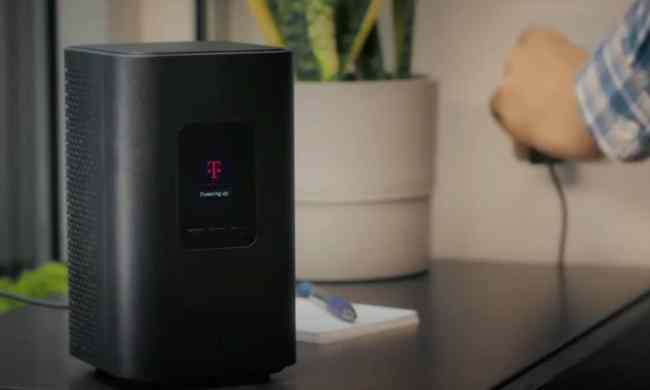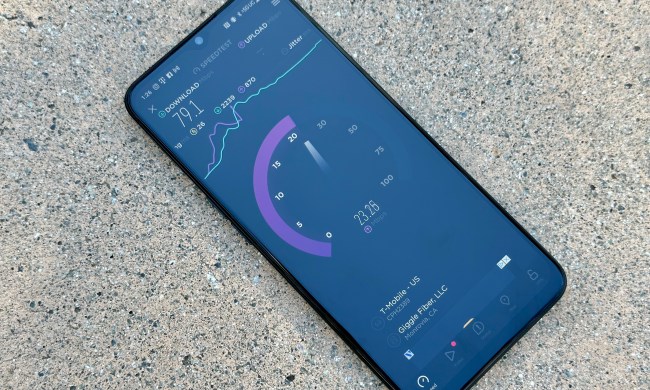Huawei’s 5G network equipment division could soon be dealt another major blow. After the United States and Australia, multiple reports suggest the U.K. may be gearing up to phase out Huawei’s presence in the country’s 5G infrastructure.
The decision reportedly stems from mounting mutinous political pressure from certain members of the U.K.’s parliament — that could potentially cost Prime Minister Boris Johnson the majority his administration needs to stay in power — who claim Huawei’s Chinese ties pose a national security risk.
The U.K. had initially planned to limit the use of Huawei equipment and ban it entirely from the most sensitive parts of the network. The proposal would have capped the China-based telecommunications company’s market share at 35% — a move the country’s incumbent network operator, Vodafone, warned could “slow down the deployment of 5G very significantly.”
However, the plan had seemingly little effect to stave off critics and is being redrawn to “reduce the Chinese company’s involvement to zero by 2023” as per the Guardian. In addition, the U.K. is also reevaluating its dependency on China for essential goods under a new project called “Project Defend.”
Even though this setback isn’t expected to expand to every market like smartphones, it will still be detrimental to Huawei’s already ailing position. More importantly, this could end up serving as further validation for the concerns expressed by the United States and Australia and set off a domino effect across other countries where Huawei is present. The two nations have actively campaigned against Huawei, accusing it of building backdoors for the Chinese government.
Earlier this month, the Trump administration also extended the existing ban on U.S. companies working with telecommunications equipment manufacturers, including Huawei and ZTE that were deemed a national security risk, until May 2021.
On Sunday, May 24th, the United Kingdom said it is reviewing the impact the United States’ new sanctions on Huawei might have on British networks. “The security and resilience of our networks is of paramount importance,” a spokesperson for the country’s National Cyber Security Centre told Reuters.
In response, Huawei’s vice-president, Victor Zhang said: “Our priority remains to continue the rollout of a reliable and secure 5G networks across Britain. We are happy to discuss with NCSC any concerns they may have and hope to continue the close working relationship we have enjoyed for the last 10 years.”



